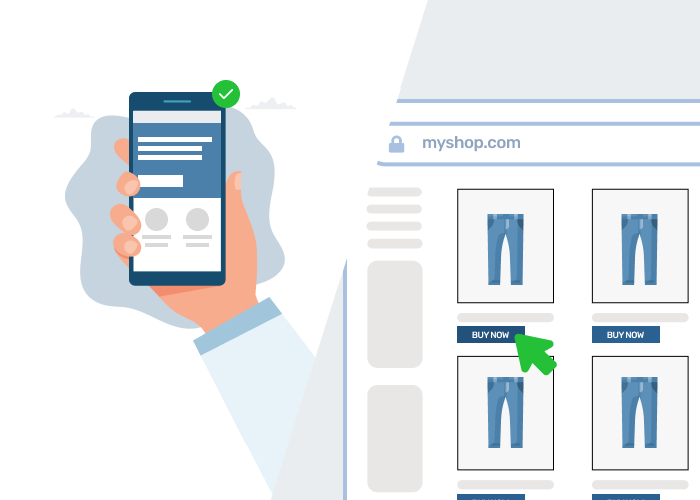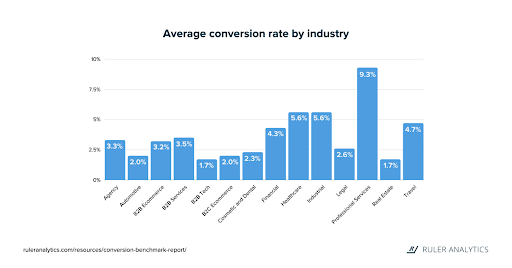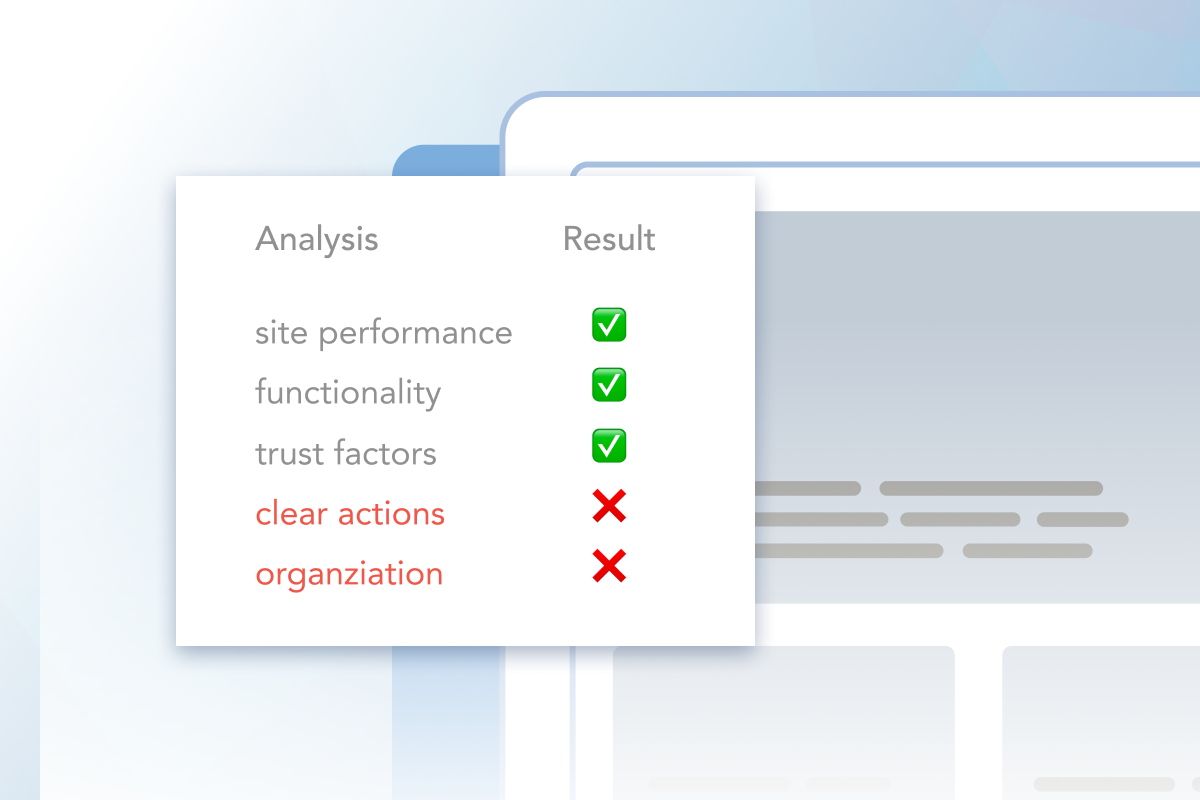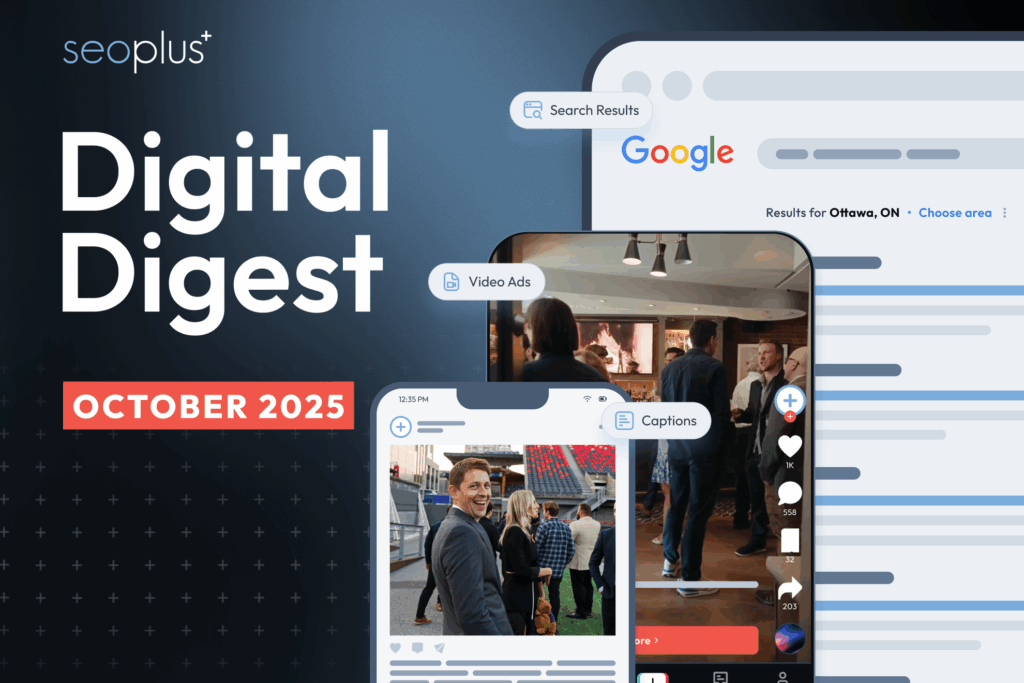Your website can be a key contributor to the success of your business. So it makes sense to prioritize the needs of your users in order to boost sales and conversions.
But what happens if you’ve launched a new landing page, an e-Commerce store, or a service, and find it’s not generating any leads? Shaking your fist at the sky might help you feel better, however, you’ll probably want to review your website’s structure and flow to ensure it’s optimized for conversions and providing the best user experience.
We’ve previously outlined the benefits of having a strong user experience on your website, but when it comes to understanding how to improve the experience—you’ll want to diagnose the problem first.
This is where User Experience (UX) audits and understanding Conversion-Rate Optimization (CRO) comes in.
What’s the difference between UX and CRO?
While the two concepts contribute to improving business goals and can often overlap in the same audit, there are defining differences to be aware of – and it’s all in what you’re trying to achieve.

Spot the difference
The main purpose of user experience is to explore ways to make your website easy to use and navigate while providing your users with opportunities to take action. This takes into consideration the user’s experience with using your service and their response to it.
With conversion rate optimization, you are instead focusing on the direct methods that inspire user action and encourage (or persuade) customers to respond a certain way due to the pathways in place. This could be through enticing marketing strategies, promotions, or any other element that might influence the user to make a decision.
For instance, evaluating the usability of a website’s design can be a testament to how positive or negative the UX is for that element. With analyzing the data and user journeys, we can better understand a website’s ability to convert users at specific points.
More on conversion rates
When analyzing data surrounding a particular page, we can get a good sense of how well this page is performing by understanding the conversion rate. This metric relates to the percentage of users that take action on the website or specific page.
Some common actions that increase conversion rates are:
- Filling out a contact form
- Making a purchase
- Subscribing to a newsletter
- Downloading a whitepaper
Conversions can be further broken down into two categories—micro and macro—which suggest how deep that action is in terms of your overall goal for the end user. You can often see the micro conversion (a small win, like downloading resources) as a stepping-stone action that brings the user one step closer to the macro goal (the big win, like finally purchasing the product).
What conversation rate should we aim for?
While this does depend on your industry or demographic, an ideal benchmark to aim for when analyzing your conversion rate is 2 – 5%. The chart below from Ruler Analytics shows the common average conversion rate by industry below.

You can use your Google Analytics tracking to get a quick overview of your website’s pages and conversation rates or math it up using the following formula:
Conversation Rate = (# of Conversions / Total # of Visitors) x 100
Understanding where you are starting from is the first step in knowing how and when to diagnose a conversation rate issue on your website.

What are the benefits of a UX / CRO audit?
At this point, you’re familiar with defining high-converting and low-converting pages on your website or at least have a sense of which pages should be performing better. The next step is to outline these key pages and begin diagnosing the potential problems.
Conducting a user experience audit is a great practice for uncovering solutions for these low-performing pages.
Some key benefits of a UX audit are:
- Discovering opportunities and weaknesses on your web pages
- Learning more about your user base to make informed decisions
- Receiving actionable recommendations and insights
- Prioritizing critical or urgent fixes to enhance your UX
- Increasing overall customer satisfaction
A finger on the pulse allows your website to reap the benefits and provide an exceptional user experience for all users.

What issues should I look for?
While a low conversion rate can signal potential issues on a website, it’s important to dig further to understand what might be causing your pain points. There may be a wide variety of reasons that users are not converting—from lengthy content, to confusing page layouts, the list goes on.
Some common issues that reduce conversions are:
- Issues with page speed or performance
- Unorganized content and page layouts
- Confusing features and functionality
- Lack of trust factors, including reviews or testimonials
- Limited CTA buttons or forms
- No actions to take above-the-fold
- Mismatched expectations when coming from an ad
In some cases, a simple change can make an incredible impact on your website. Creating more visibility in the actions a user should take, presenting more converting opportunities throughout a page, or even adding a stellar review from a past client can all impact a user’s experience through your content – and lead to higher conversions.
Pro Tip: While the audit itself can provide immense insights into pain point areas, issues with site performance, or broken features, it is not a magic cure-all. With the addition of new pages and functionality, it is worth adding UX auditing as a regular part of your website’s health check on a routine basis to ensure optimal performance, always.
How can seoplus+ help you?
The UX team at seoplus+ understands that your business is important to you, and we want your website to perform at its very best.
Our UX / CRO auditing process will provide you with deeper insights into key metrics that impact the user experience across key web pages, with an emphasis on drops in the user journey, analyzing high bounce rates, and understanding where users are spending the most time. We also take a deep dive into the user journey, review performance metrics and opportunities, and outline actionable recommendations to improve your key pages.
If you’re looking for support in the areas of UX auditing, improving your conversions, and strengthening the user experience of your website, reach out to us – we’d be happy to help your website grow!
Browse our website and learn more about UX here.






